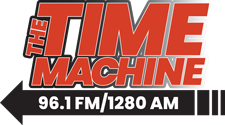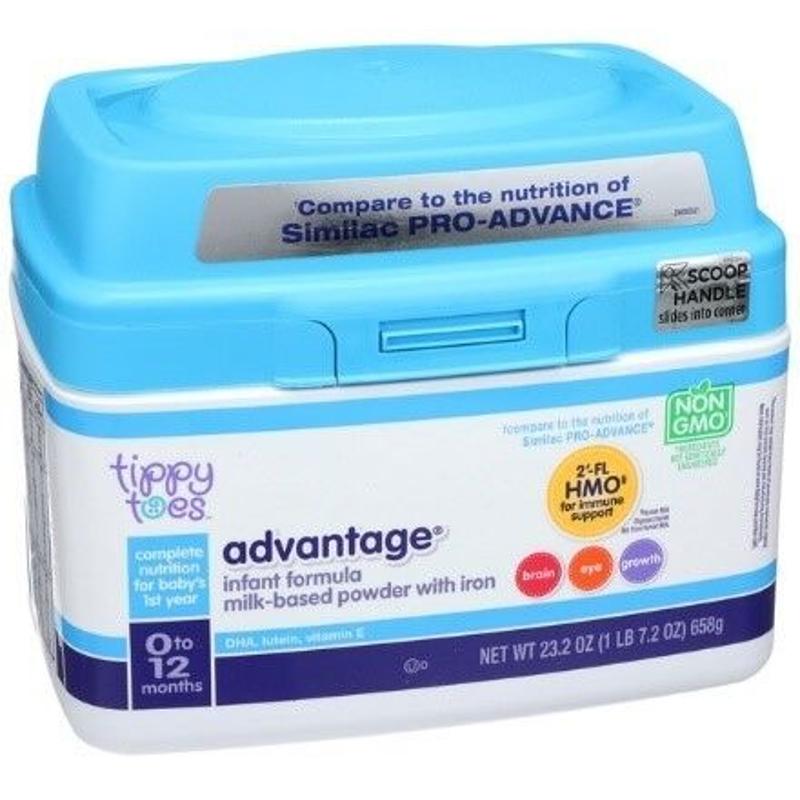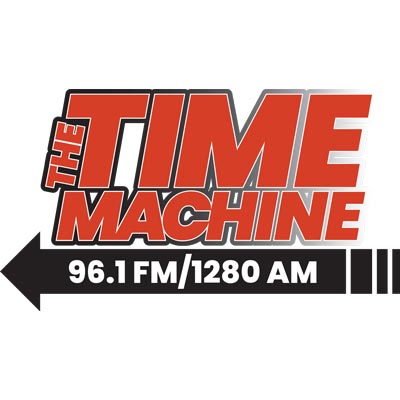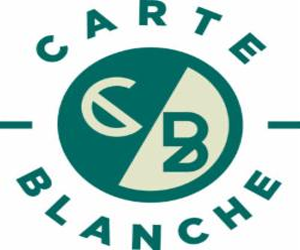A Congressional watchdog suggested changes to how the government buys infant formula to avoid future shortages.
Shortly after the pandemic, in 2022, an infant formula shortage affected families nationwide, sending consumers scrambling to find an essential nutrition source.
The U.S. Government Accountability Office investigated the factors that led to the shortage, and shed light on the complexities of the infant formula market, its vulnerability, and how to avoid it happening again.
In early 2022, the shortage was mainly caused by supply chain issues and the disruptions caused by the COVID-19 pandemic. Those disruptions were only intensified when one of the two biggest formula manufacturers, which is one of the sole suppliers for the Special Supplemental Nutrition Program for Women, Infants, and Children, faced a major recall after contamination concerns.
This situation highlighted the condensed nature of the U.S. infant formula market, where few manufacturers dominate the supply chain.
After lawmakers such as Sens. John Boozman, R-Ark., and Deb Fischer, R-Neb., expressed concerns about the shortage, the GAO began an investigation. The primary focus was to understand the impact of “sole-source” contracts within WIC and how they ultimately influenced availability during the crisis.
The GAO found that about 40% of all American babies get formula through a federal food assistance program for low-income mothers and children, such as WIC.
WIC uses a bidding system for manufacturers to compete and offer the lowest price. The winning company gets exclusive contracts to supply formula to the program in one or more states. To win said contracts, manufacturers offer significant discounts known as “rebates,” sometimes larger than the wholesale costs.
GAO notes that a single supplier reduces government costs and, therefore, taxpayers’ money. It also concentrates on the supply of formula. With so few manufacturers, the supply chain is vulnerable to disruptions, as issues in a single plant have been shown to have a widespread effect.
This is because of the manufacturers’ “market share.” Winning a WIC contract has been proven to boost their market shares, not only for those who use WIC but also for non-WIC buyers, and this is known as the “spillover” effect.
“We found that this ‘spillover effect’ contributed to a 6-fold increase in market share, on average, for contract winners,” according to the GAO report. In fiscal year 2023, rebate savings totaled $1.6 billion and funded benefits for an average of 1.3 million participants each month.
GAO suggests alternatives to improve the existing situation involving infant formula manufacturing. One option is to allow families to purchase any formula they choose, which would allow for more choices and encourage competition among brands.
However, the GAO states that without rebates from the manufacturers, the program would cost more and help fewer families, noting that “alternatives come with trade-offs.”
The second option is to work with multiple manufacturers instead of only one. This could reduce the risk of shortages while also giving families choices. This option could also cost states more, making it more complicated to manage, and risk manufactures from offering large discounts.






